-
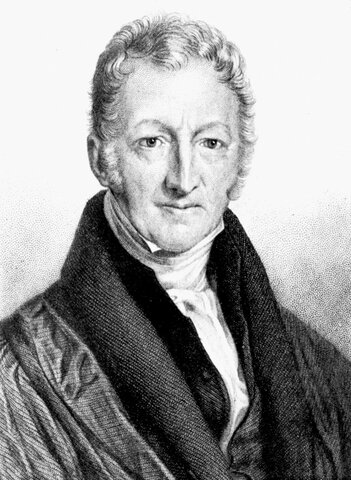 Proved by Thomas Robert Malthus, agriculture couldn't keep up with the increasing birthrate from food security in agriculture.
Proved by Thomas Robert Malthus, agriculture couldn't keep up with the increasing birthrate from food security in agriculture. -
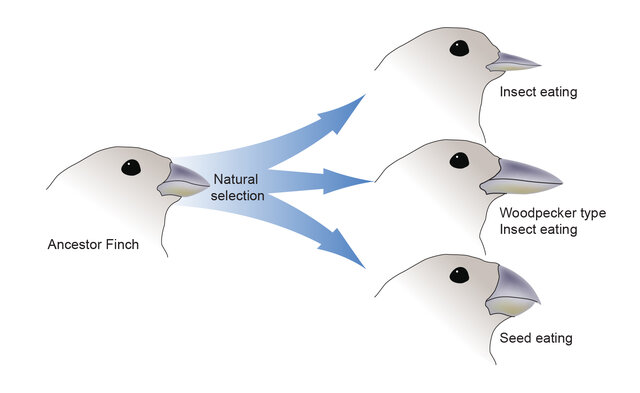 Charles Darwin read on Malthus and in 1831 and finished his evolution book in 1859 where he discovered this
Charles Darwin read on Malthus and in 1831 and finished his evolution book in 1859 where he discovered this -
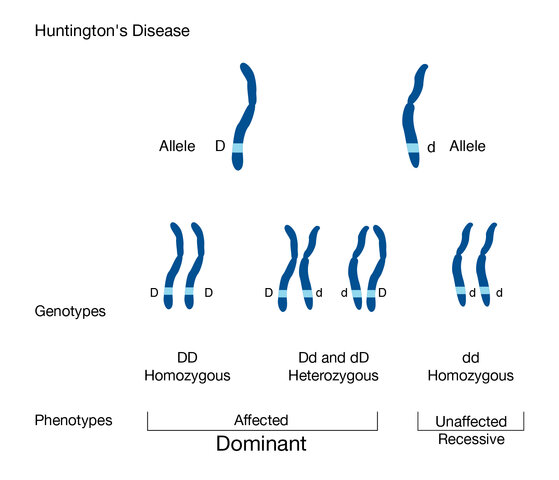 Gregor Mendel used only pea plants to find this discovery.
Gregor Mendel used only pea plants to find this discovery. -
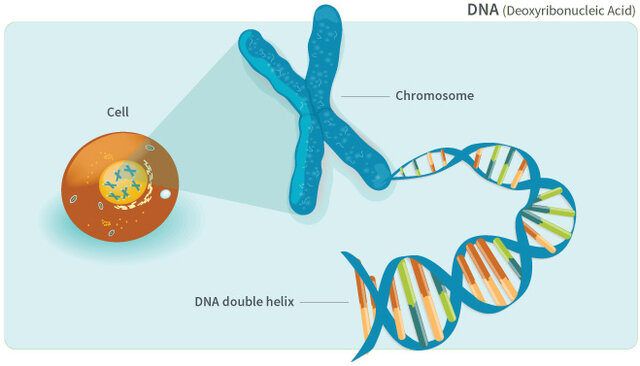 Fredrick Miescher guesses what he sees in cells has something to do with heredity, this must be important if we have thousands of trillions of cells and there are these "meters" in each one of them.
Fredrick Miescher guesses what he sees in cells has something to do with heredity, this must be important if we have thousands of trillions of cells and there are these "meters" in each one of them. -
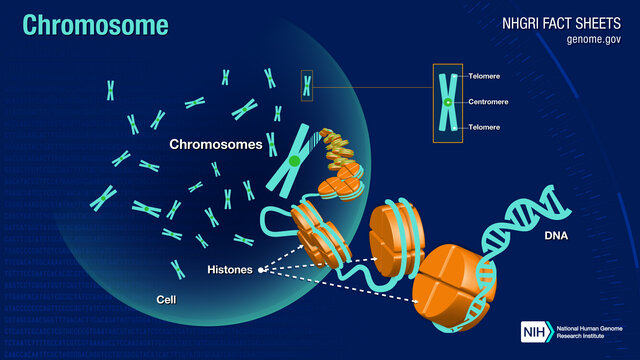 Theodor Boveri looks at chromosomes under a microscope and makes his theory.
Theodor Boveri looks at chromosomes under a microscope and makes his theory. -
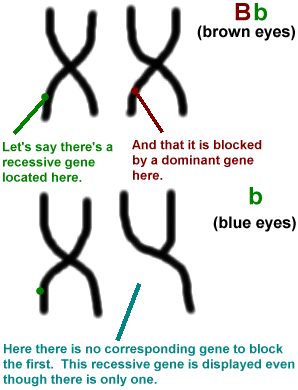 Thomas Hunt Morgan proves that chromosomes are linked to heredity and dominant and recessive traits.
Thomas Hunt Morgan proves that chromosomes are linked to heredity and dominant and recessive traits. -
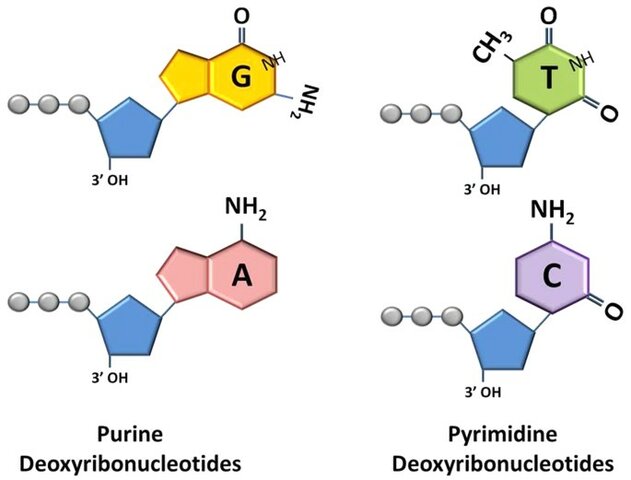 Phoebus Aaron Theodore Levene figures out that DNA is just four nucleotides: C A T and G.
Phoebus Aaron Theodore Levene figures out that DNA is just four nucleotides: C A T and G. -
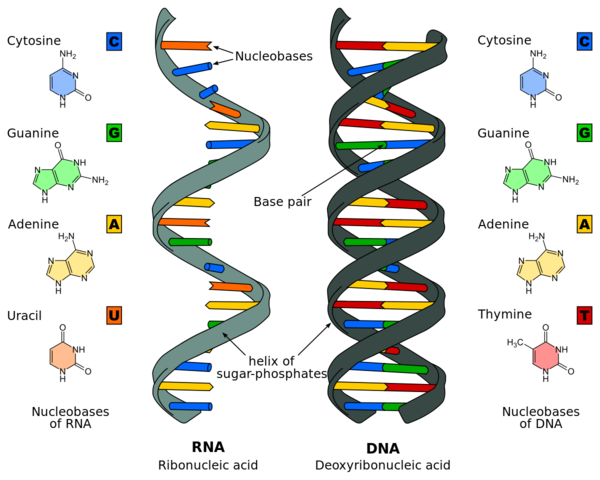 Edwin Chargaff discovers that A's are always linked to T's and C's are always linked to G's in DNA.
Edwin Chargaff discovers that A's are always linked to T's and C's are always linked to G's in DNA. -
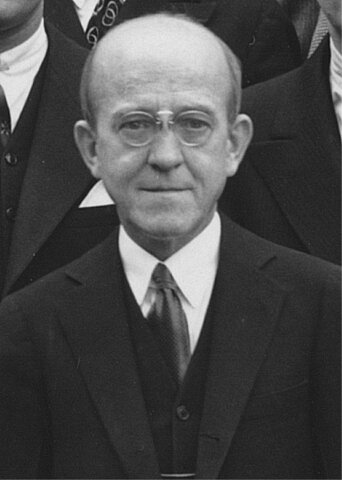 Oswald Avery is said to be most deserving of his Nobel prize but never got one for his proven theory.
Oswald Avery is said to be most deserving of his Nobel prize but never got one for his proven theory. -
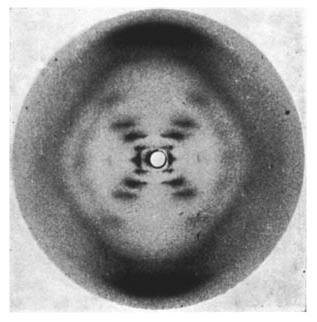 Rosalind Franklin was one of if not the first woman to be in a science field. She was left out of Crick and Wilkins Nobel prize however she was the first person to be able to get a picture of DNA.
Rosalind Franklin was one of if not the first woman to be in a science field. She was left out of Crick and Wilkins Nobel prize however she was the first person to be able to get a picture of DNA.